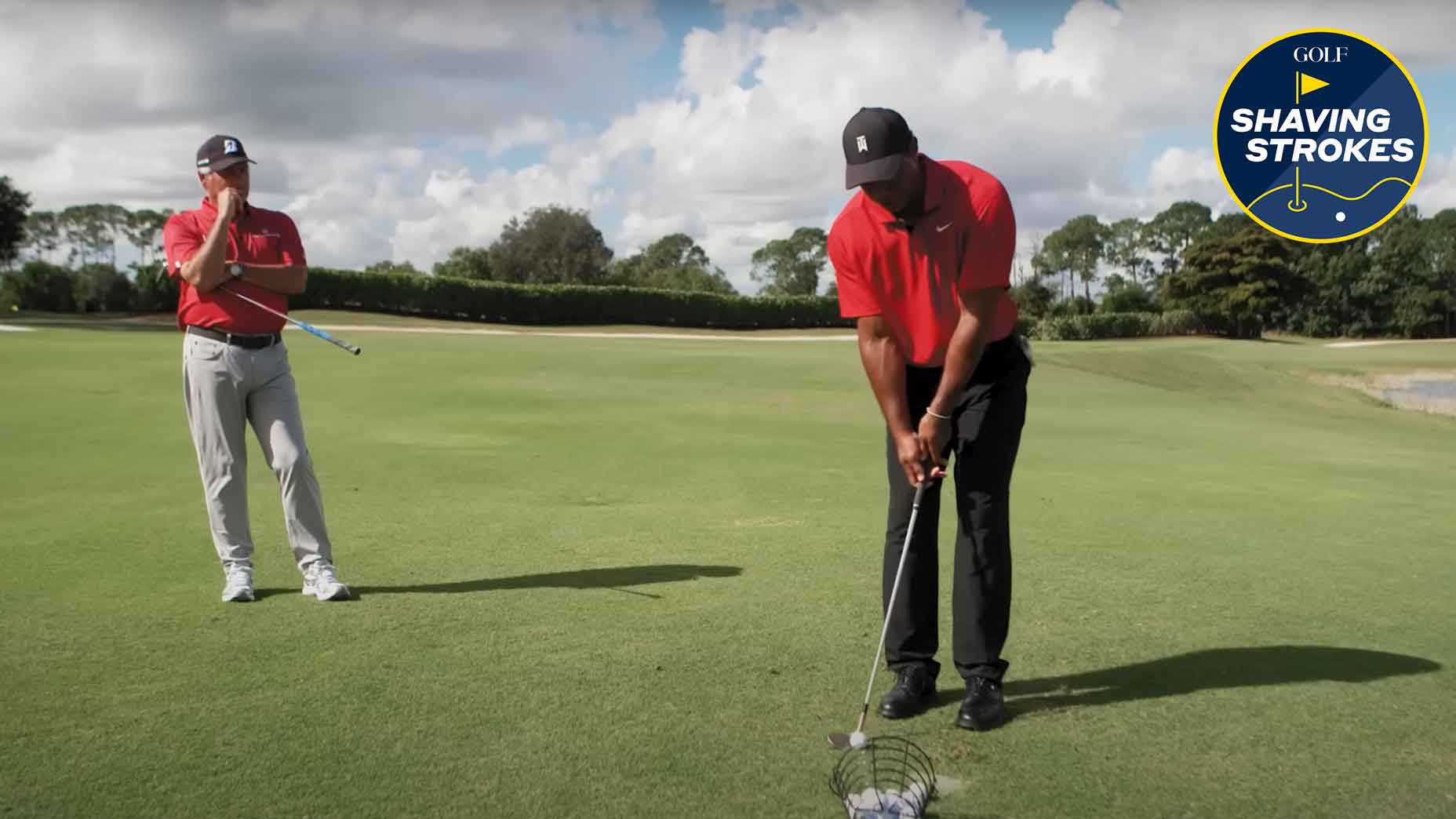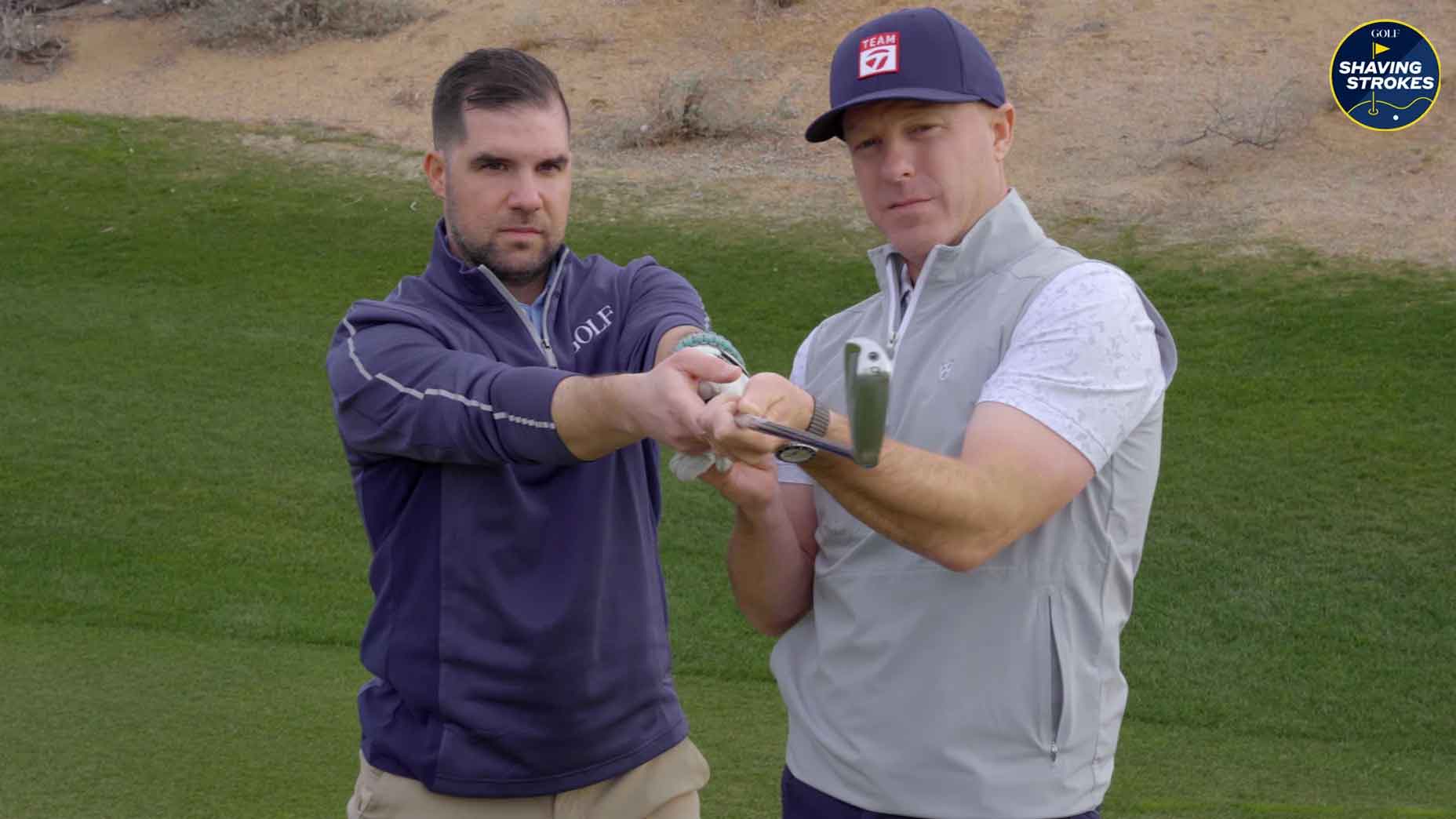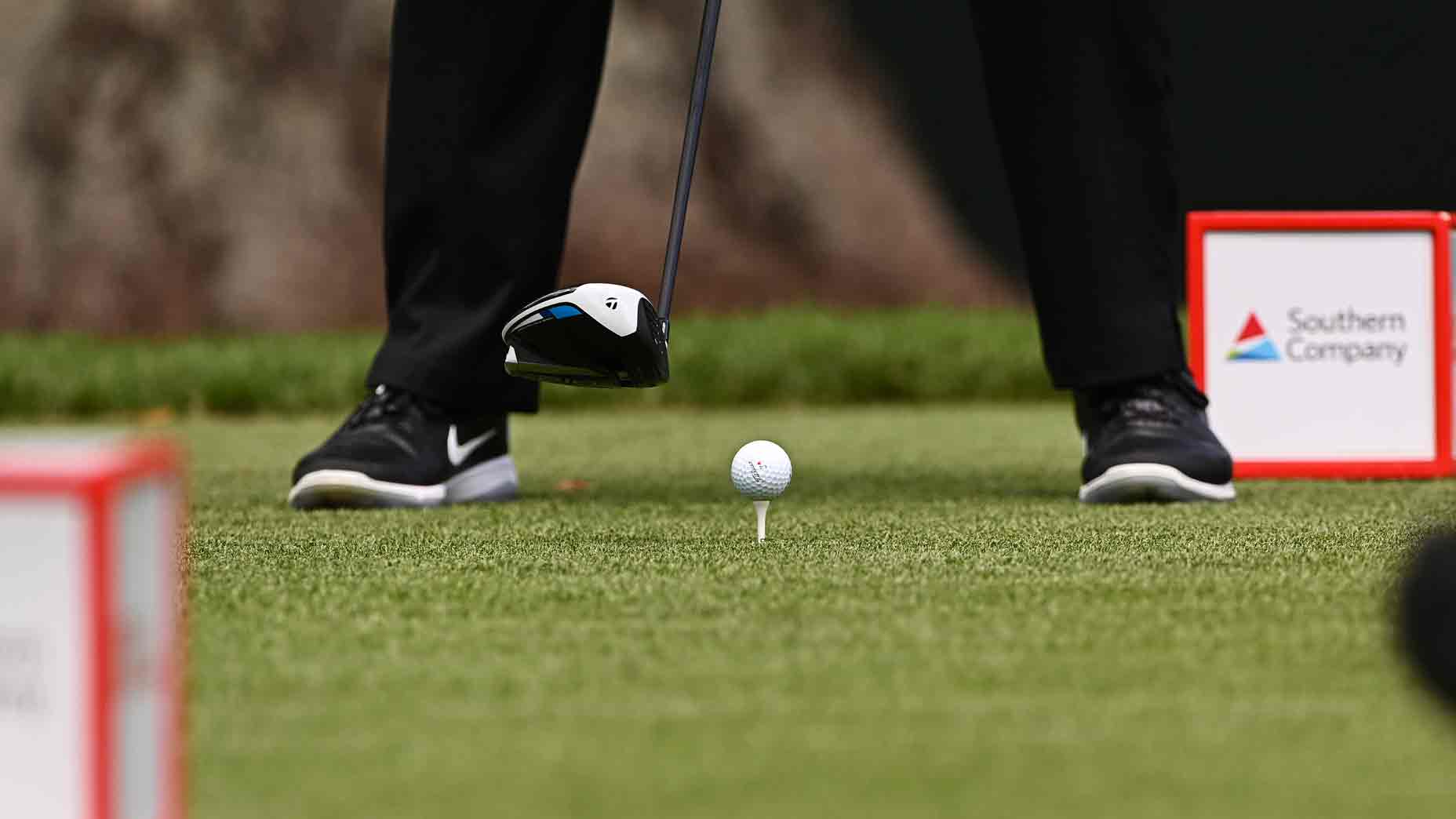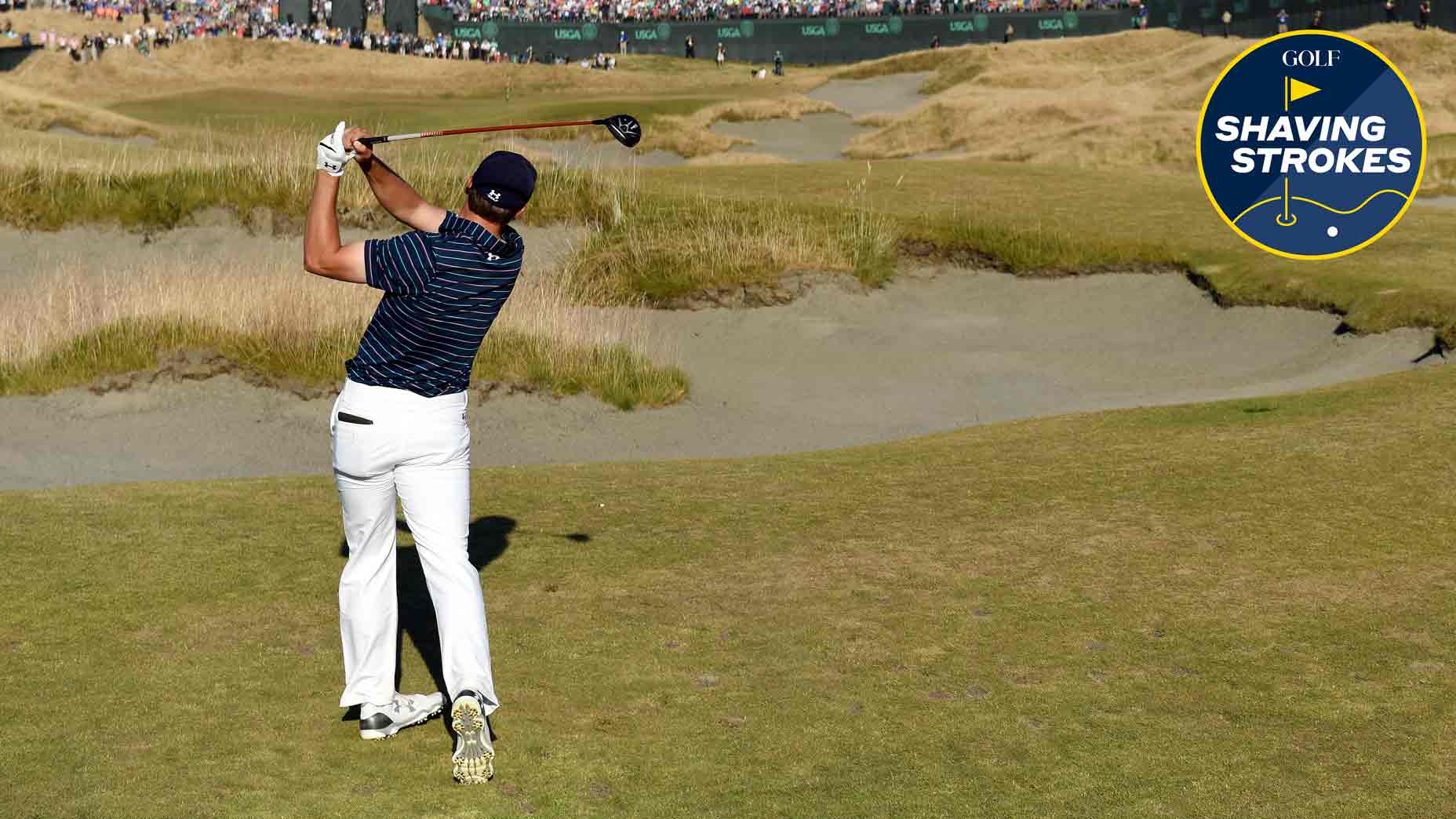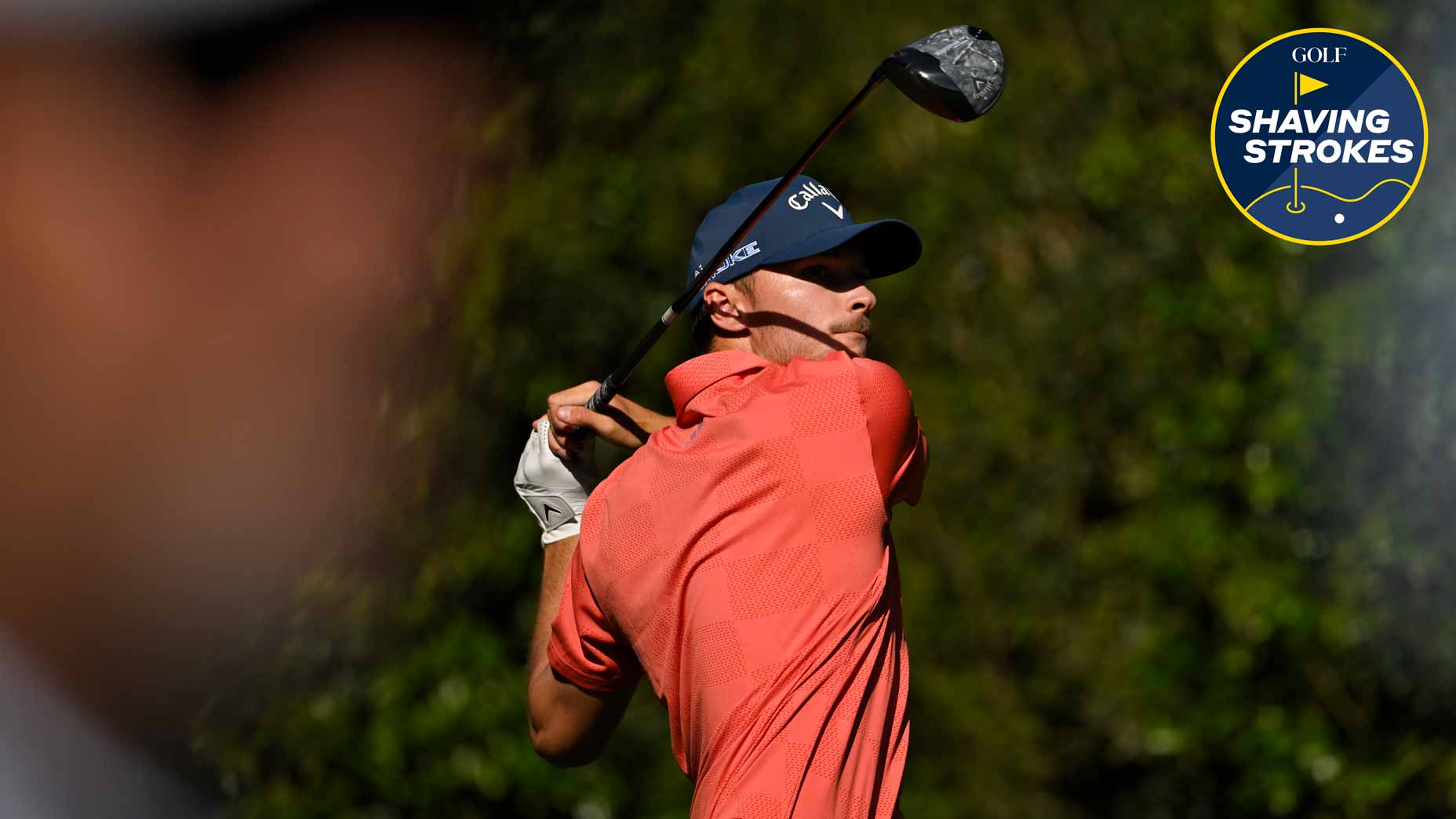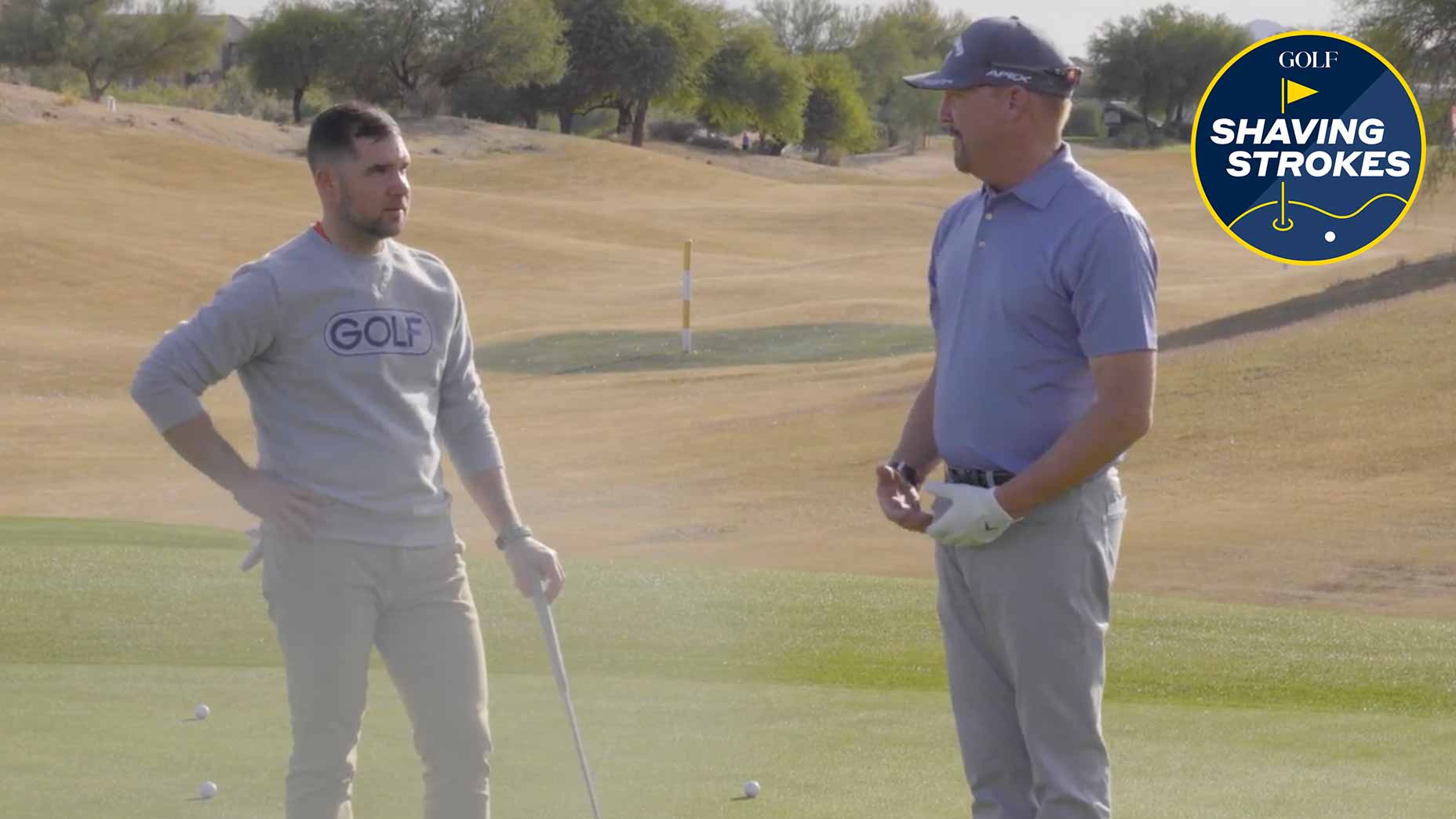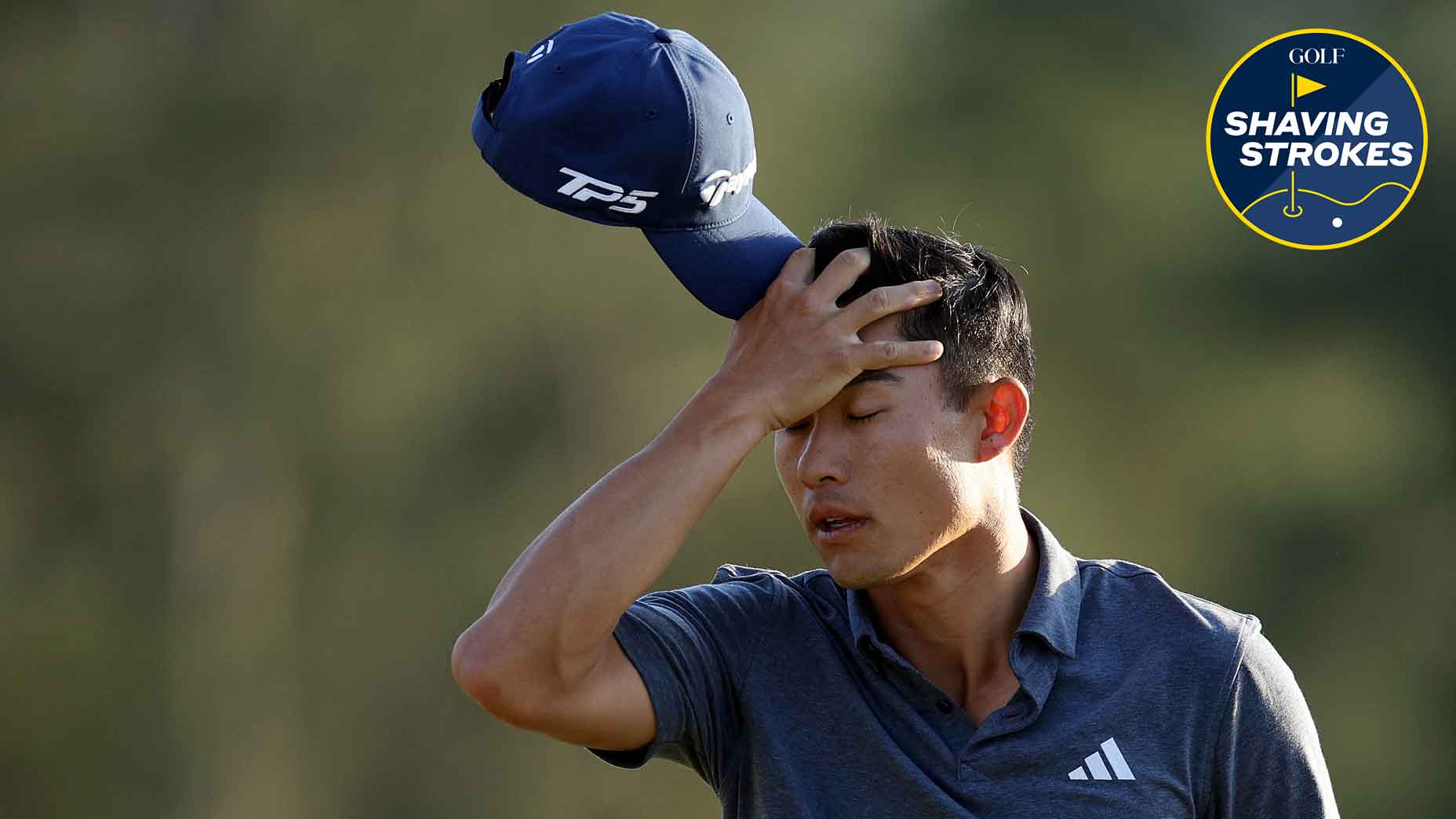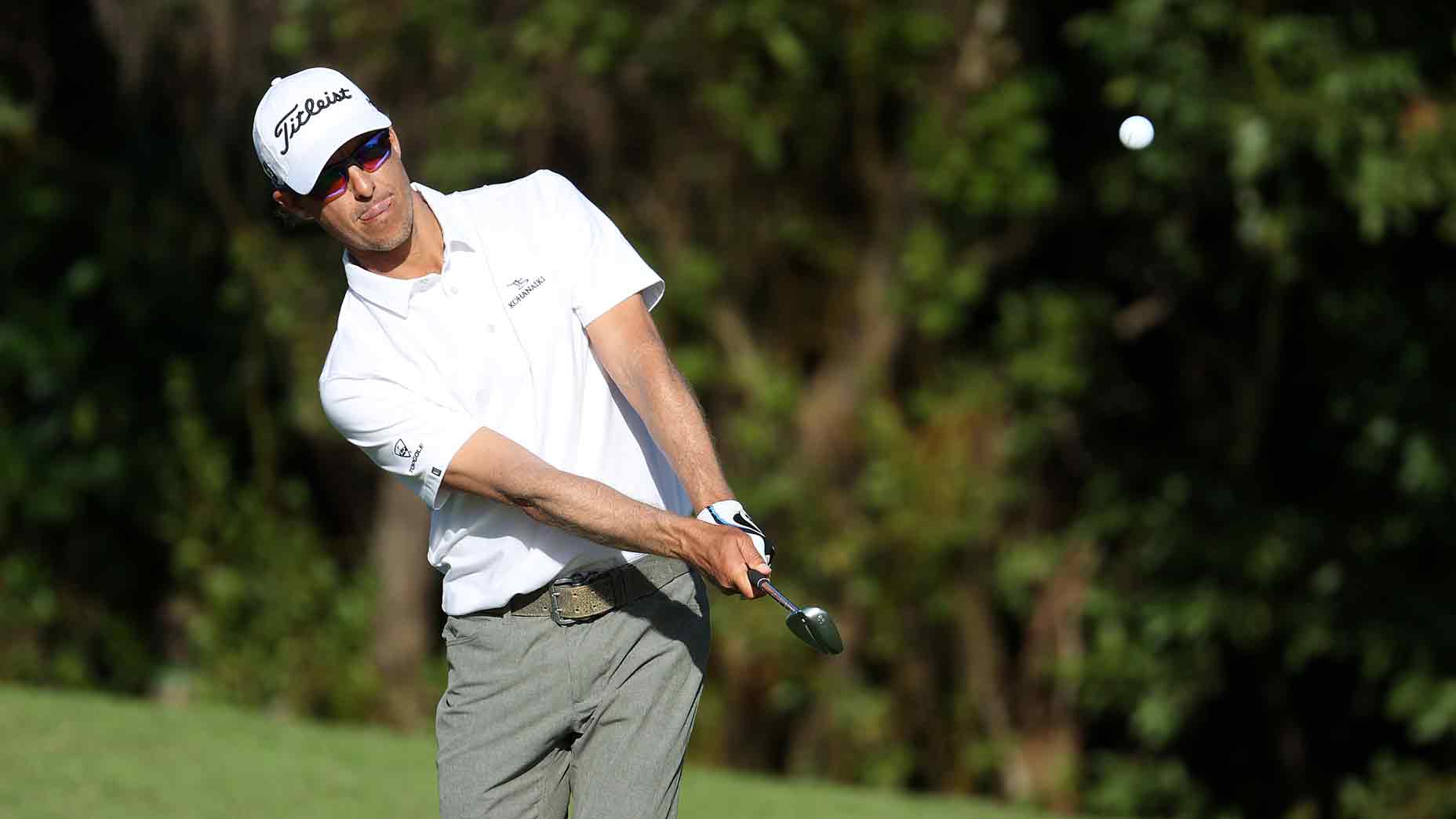Welcome to Play Smart, a game-improvement column that drops every Monday, Wednesday and Friday from Game Improvement Editor Luke Kerr-Dineen (who you can follow on Twitter right here).
I’m not one to embrace the charm of playing in cold weather. I love my golf, don’t get me wrong, I don’t love it as much as I despise cold weather.
Sadly, up in the northeast where I live, we get a lot of cold weather.
The worst part of the cold weather golf isn’t in the depths of winter, though. It’s on the way back. The sun starts poking out and the snow begins to melt, which gets the juices flowing. I could probably sneak a round in, how bad could it be?
The problem is it’s still really cold out, even though it’s less cold than it was. So if you do hit the course, you’ll notice one very annoying thing happening on almost every shot you hit.
The ball will fly shorter.
And quite significantly, too.
G-Tech Heated Pouch – GOLF Limited Edition
$145
View Product
Based on research done by PING, golfers gain or lose about two yards for every 10 degree rise or fall in temperature. That means that you’ll lose eight yards for every club playing golf in 50 degree weather, compared with 90 degree weather.
At which point I posed myself a simple question: Can you counteract the negative effects of cold weather by warming up your golf ball?
You can watch me run an informal experiment at the beautiful Tamarack Country Club in the video above. I hit 10 drives with golf balls that had adjusted to the 50 degree day I was swinging in, and then 10 balls that were cooking in this handwarmer.
In a nutshell, it worked! I gained about three miles per hour, on average, resulting in a tidy five yard games. That’s the good news.
Unfortunately, there was also some bad news.

The first piece of bad news is that golf balls adjust to the temperature of their surroundings very quickly. If you take your golf ball out of your artificially-warmed environment and quickly hit it, then you’ll probably enjoy the benefits of a warmed golf ball, like I did. But if you linger too long, those benefits start fading fast. And even if you don’t, by the time you arrive at your golf ball to hit your next shot, your ball will have re-acclimatized already. At most, you get one shot’s worth of benefits from it.
But even so, couldn’t you at least warm your golf ball up before each drive, and then deal with the subsequent shots later?
That’s where the second piece of bad news comes in: Technically, this entire exercise is illegal under the rules of golf. Any “deliberate” warming of your golf ball will result in disqualification. So unless you’re ok with some subtle cheating or heavy rationalization in pursuit of an advantage that sort of works, probably best to give this one a miss.




